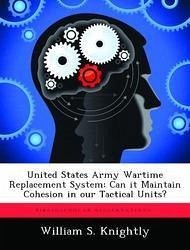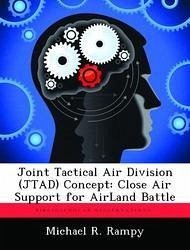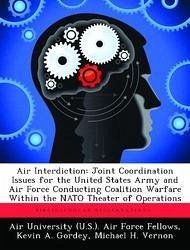Nicht lieferbar

Tactical Air Control System
Effects of Army Organizational Changes on Close Air Support Coordination
Versandkostenfrei!
Nicht lieferbar
The U.S. Army has made several changes in its command and control structure that affect the interface relationship of the Air-Ground Operations System and thus the efficiency of the Tactical Air Control System (TACS). The study addresses two of these changes, the Echelons Above Division (EAD) change and the split division command post concept, and their effect upon close air support (CAS) coordination. A review of the development of the TACS from World War II until today provides lessons learned in the development of the TACS and the guiding principles used in its organization. An analysis of ...
The U.S. Army has made several changes in its command and control structure that affect the interface relationship of the Air-Ground Operations System and thus the efficiency of the Tactical Air Control System (TACS). The study addresses two of these changes, the Echelons Above Division (EAD) change and the split division command post concept, and their effect upon close air support (CAS) coordination. A review of the development of the TACS from World War II until today provides lessons learned in the development of the TACS and the guiding principles used in its organization. An analysis of U.S. Army organizational changes determined their effects on the U.S. Air Force and U.S. Army interface within the Air-Ground Operations System. The conclusion was that the EAD change has caused an interface problem that will affect the U.S. Air Force and U.S. Army CAS coordination in a situation where multiple corps are deployed. The change in organizational relationships proposed in this paper will solve this problem. An analysis of the split command post concept revealed that the concept causes problems in manning, equipment, and procedures within the division Tactical Air Control Party (TACP). An alternate division TACP configuration which includes additional personnel and equipment is recommended. The recommendation also changes the routing system of the immediate and preplanned CAS requests through the division TACP and split command post. Finally, based upon the historical review and present problems, it was concluded that the U.S. Air Force places very little priority on development of the TACS between wars. Consequently, the system has deficiencies at the beginning of a conflict.










